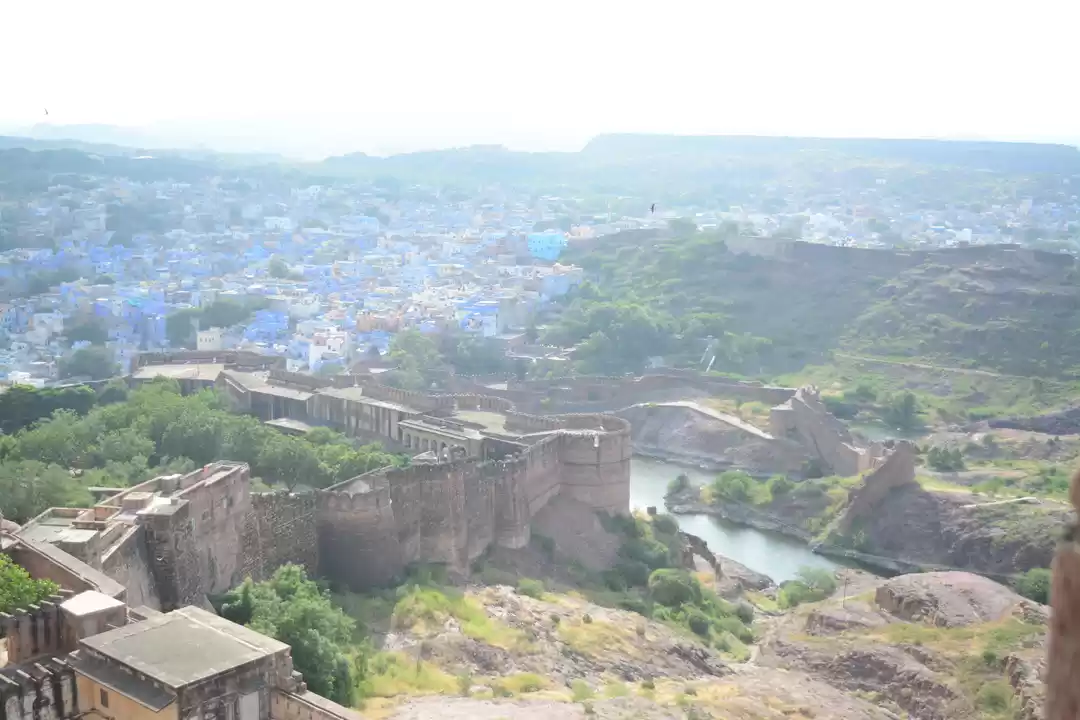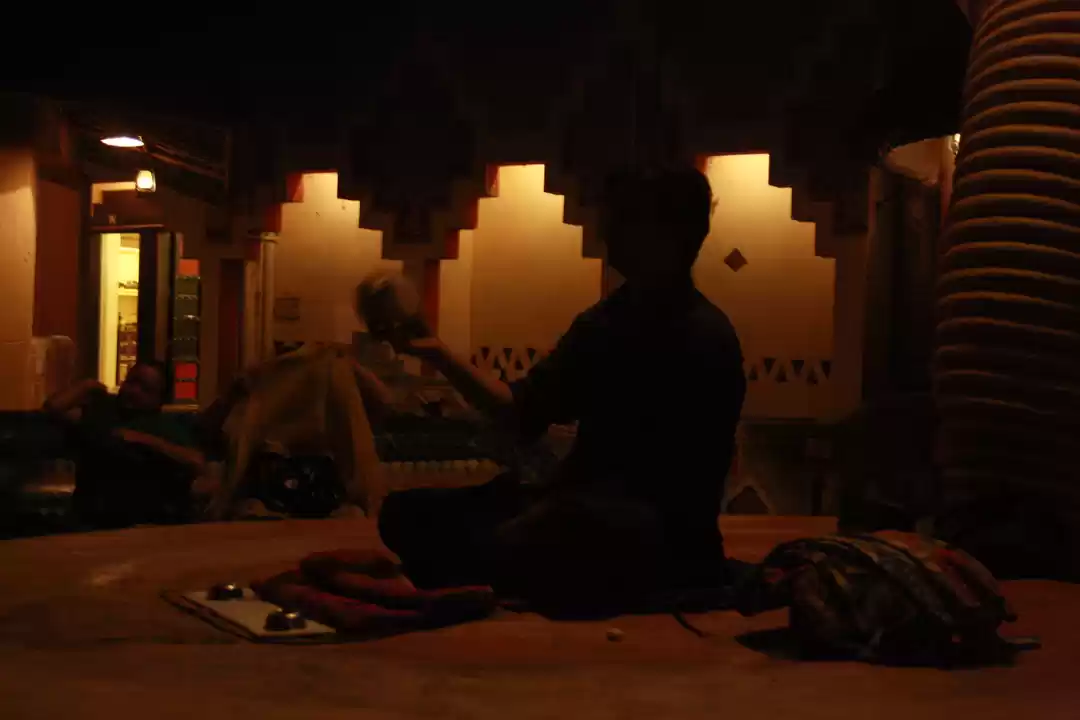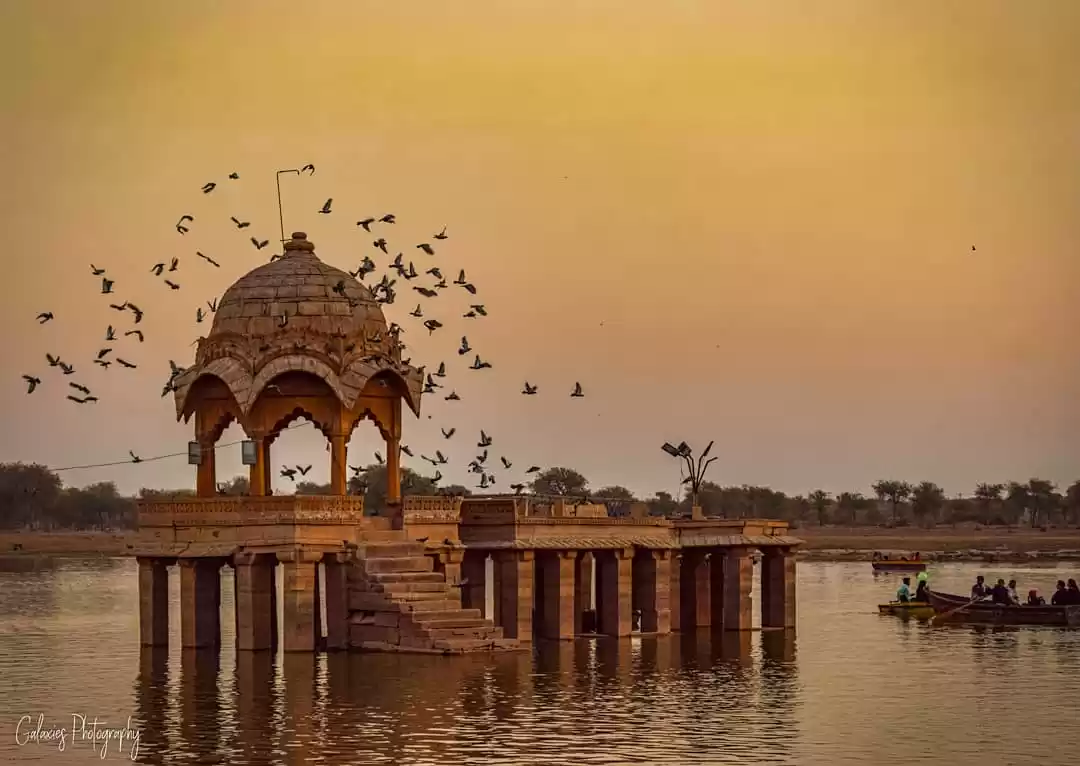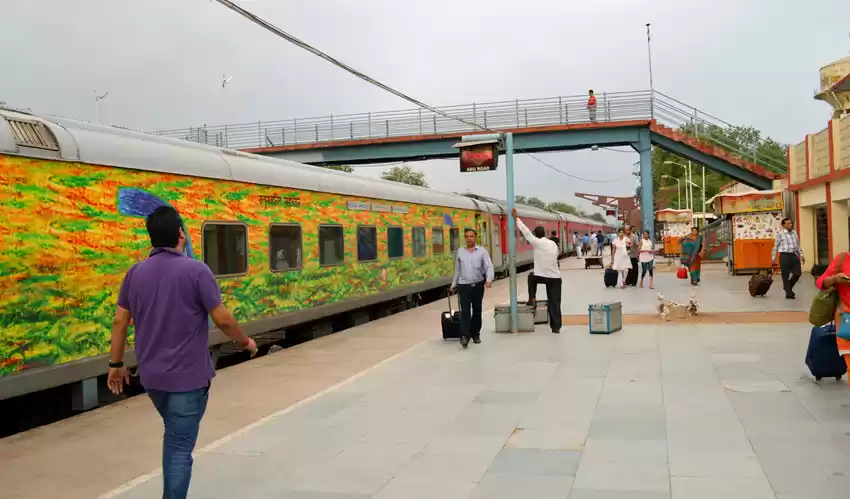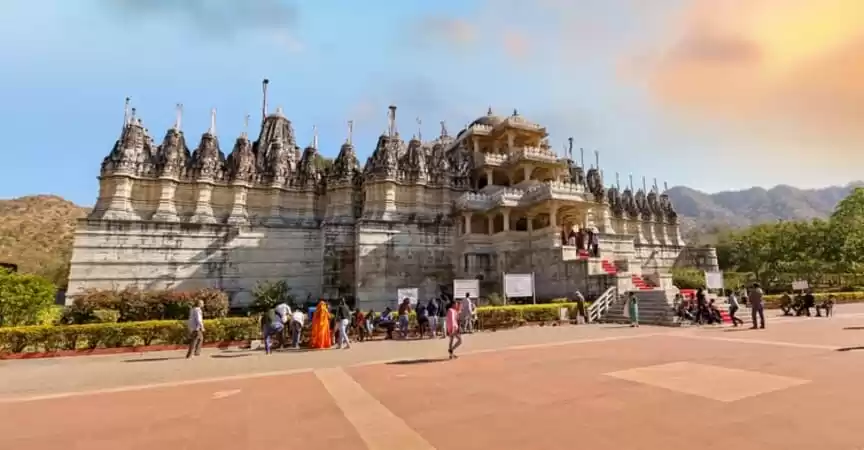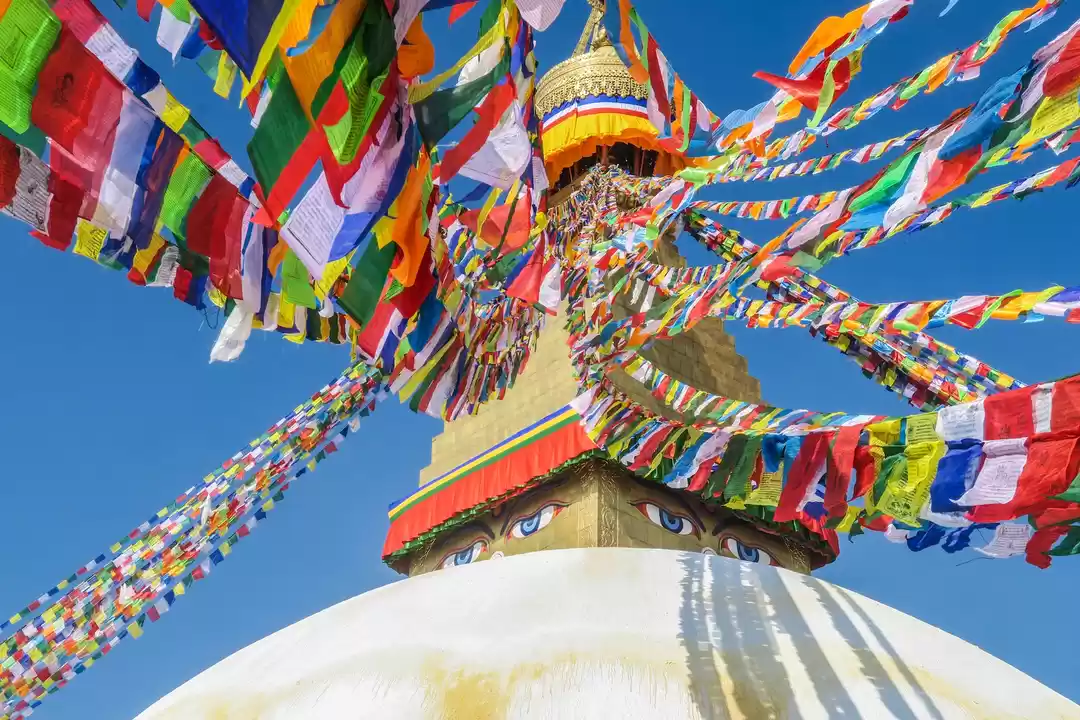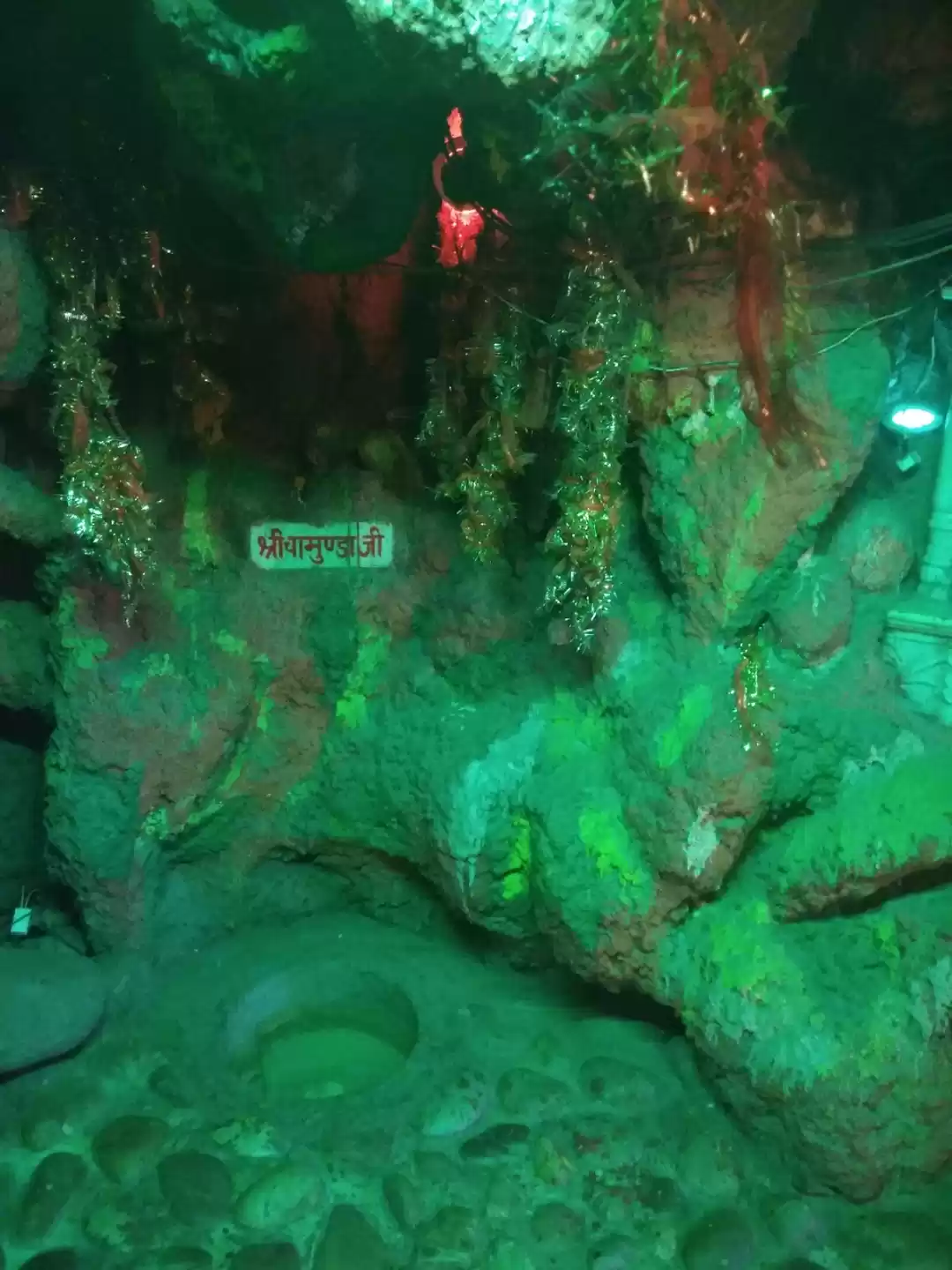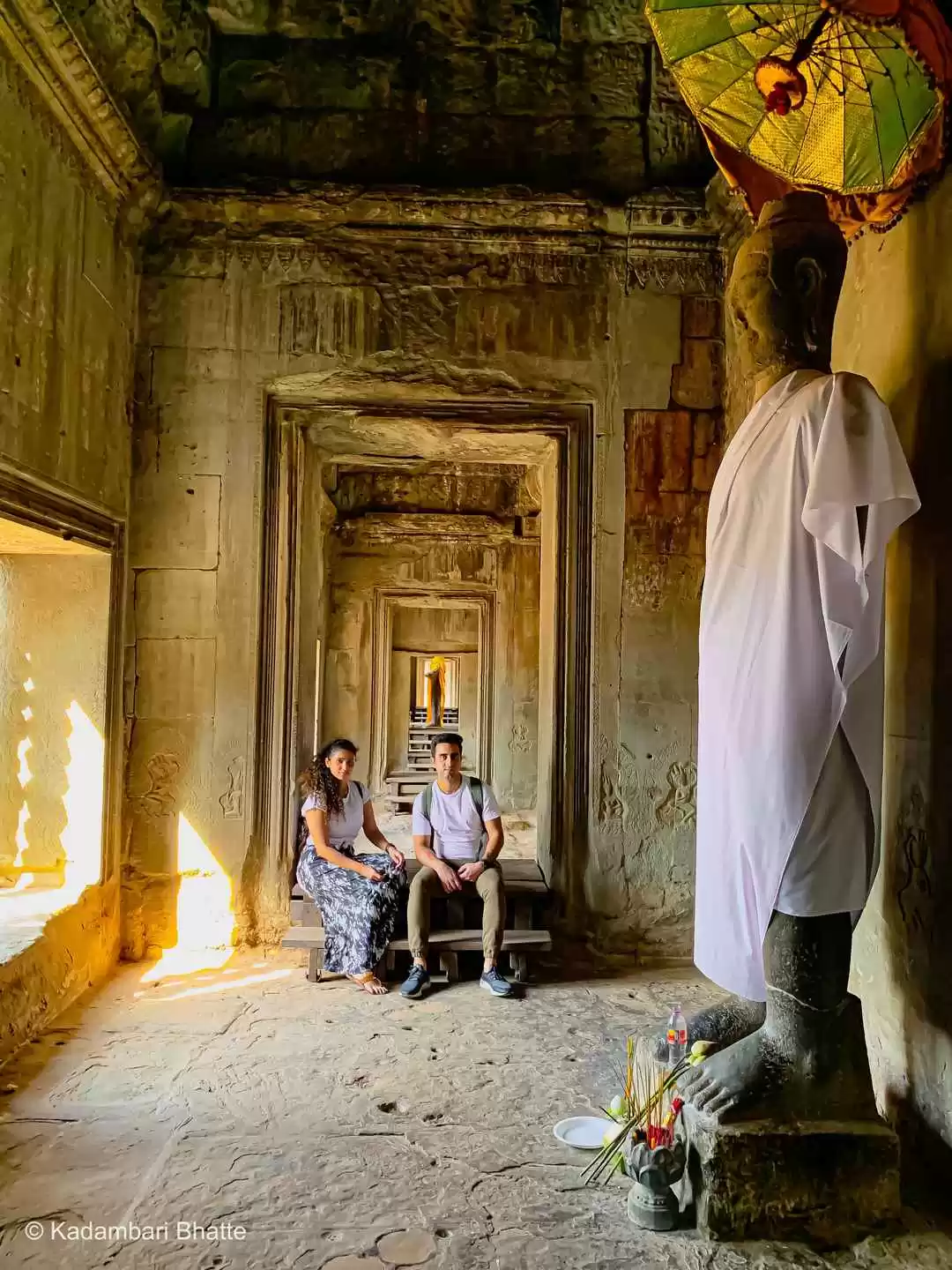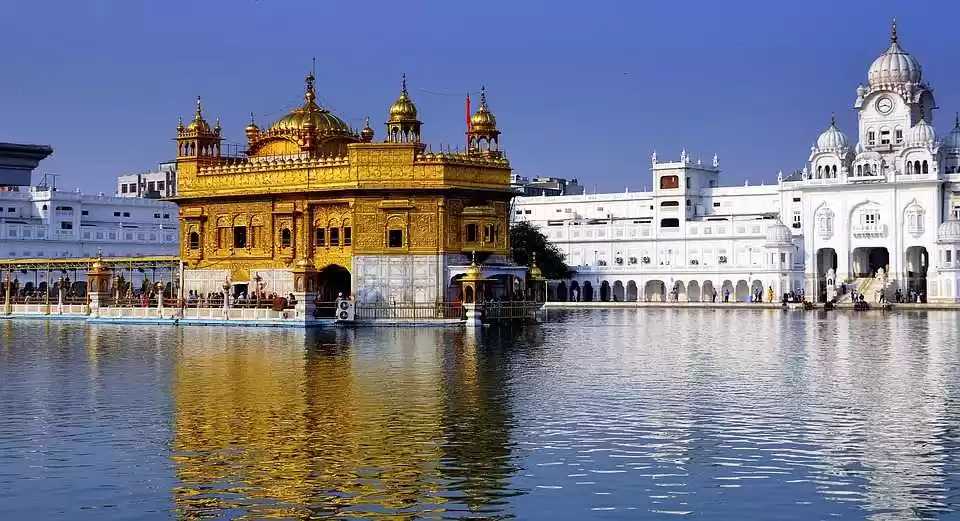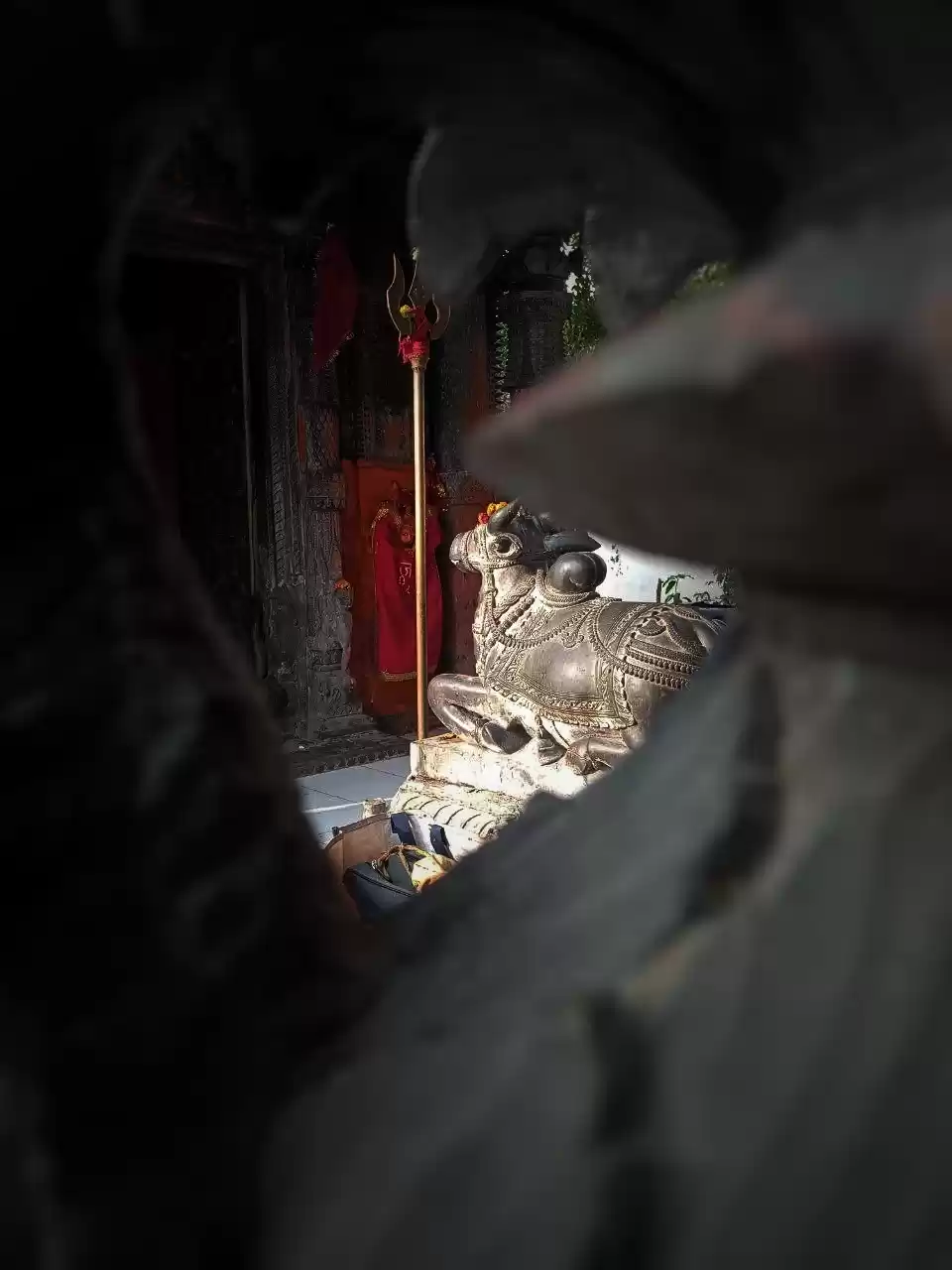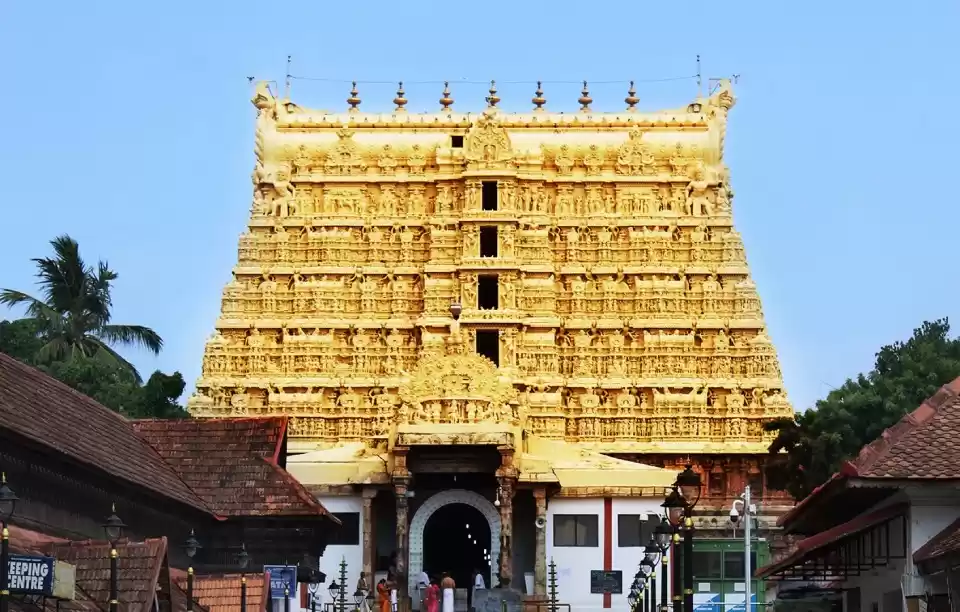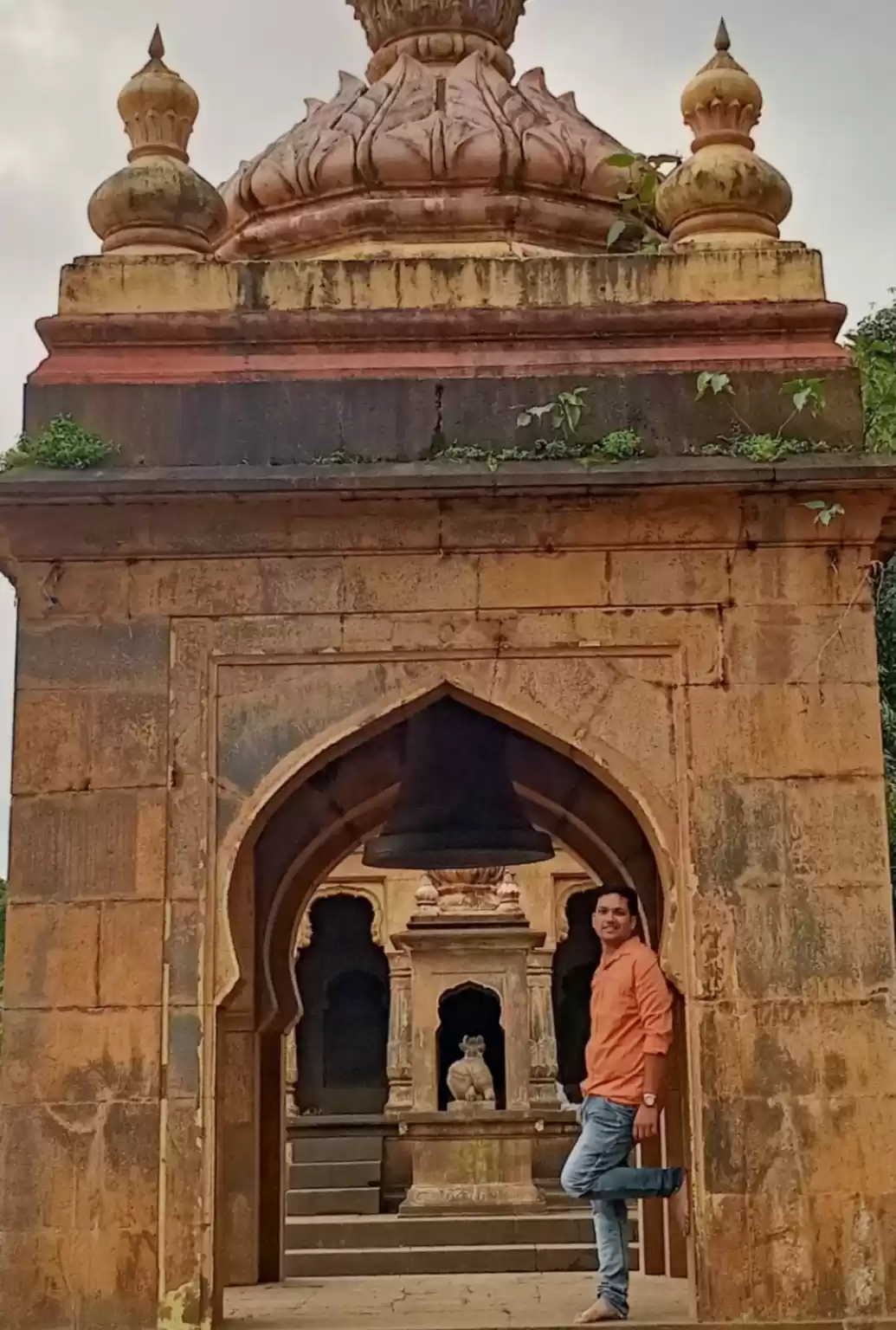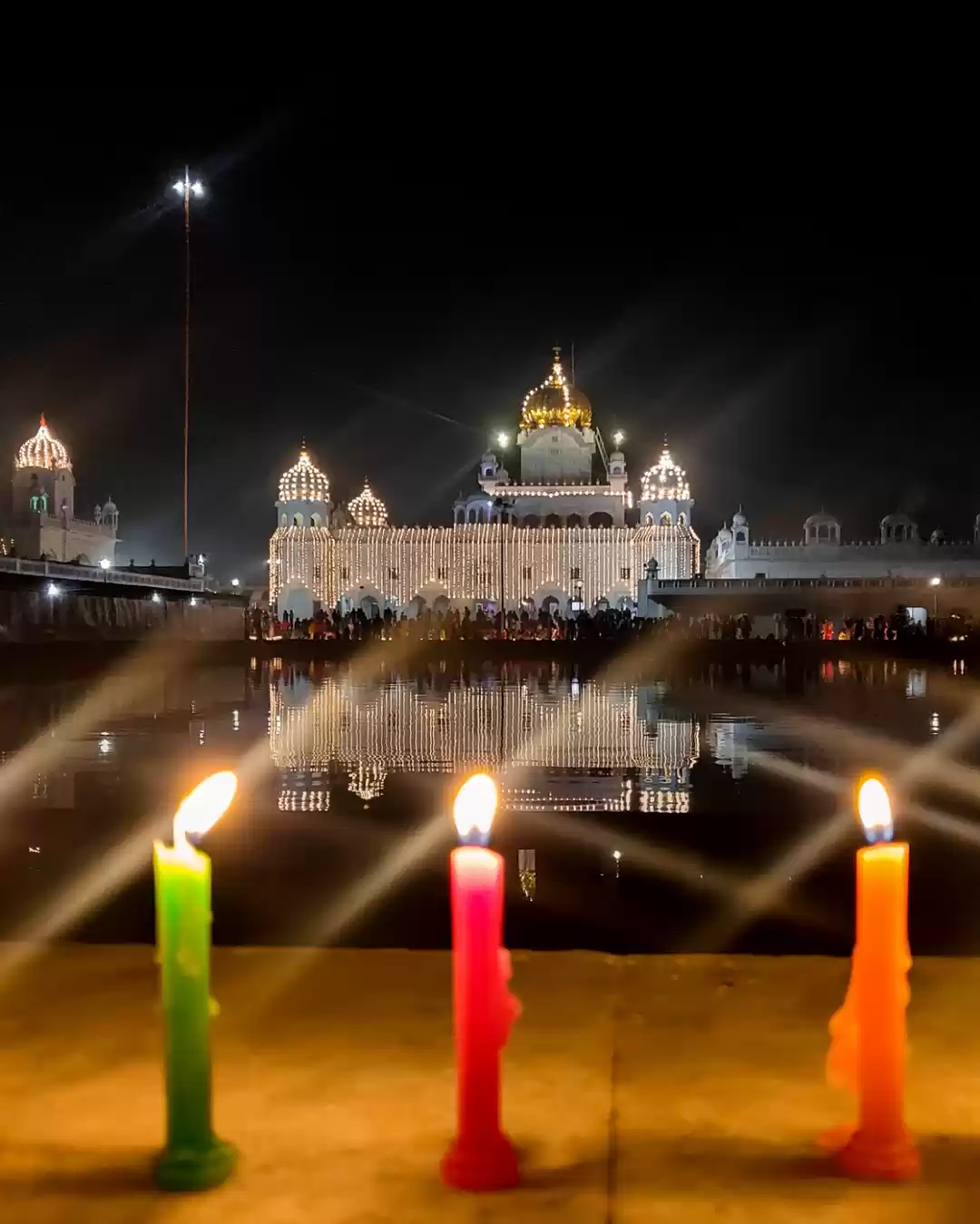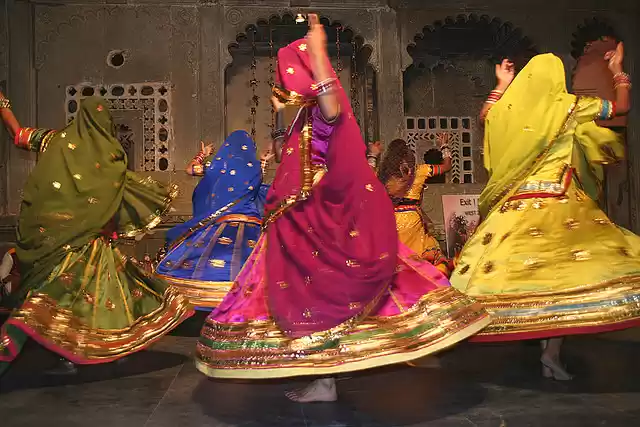Imagine walking into a temple that is made of pure white marble and is adorned with exquisite carvings and sculptures on every inch of its surface. Imagine feeling the peace and tranquility that emanates from the sanctum where the Tirthankaras or the spiritual teachers of Jainism reside. Imagine being awestruck by the craftsmanship and skill that went into creating this masterpiece of art and spirituality. This is what you will experience when you visit the Dilwara Temple, a group of five stunning Jain temples in Mount Abu, Rajasthan.
The Dilwara Temple is not only a pilgrimage site for the Jains, but also a treasure trove of culture, heritage and tourism for anyone who appreciates beauty and craftsmanship. The temple is located about 2.5 km from the Mount Abu settlement, the only hill station in Rajasthan. It was built between the 11th and 16th centuries by various Jain rulers and ministers, who spared no expense or effort to create this magnificent edifice. The temple is renowned for its use of pure white marble and intricate carvings on every inch of its surface. The temple is also surrounded by lush green hills and forests, creating a serene and scenic atmosphere.
If you are looking for a unique and memorable destination for your next trip, then you should definitely consider visiting the Dilwara Temple. In this article, we will tell you everything you need to know about this marvel of Jain architecture and heritage in Rajasthan. So, let’s get started!
The Five Temples of Dilwara: Names, Dedications and Styles
The Dilwara Temple consists of five temples, each dedicated to a different Tirthankara or spiritual teacher of Jainism. The names and meanings of the five temples are:

Vimal Vasahi:
This is the oldest and largest temple, built in 1031 AD by Vimal Shah, a minister of Bhima I, the Chaulukya king of Gujarat. It is dedicated to Lord Rishabhanatha or Adinatha, the first Tirthankara of Jainism. The temple is built in the Māru-Gurjara style, which combines elements of Hindu and Islamic architecture. The temple has a square sanctum with a pyramidal roof, surrounded by a colonnaded courtyard with 52 devakulikā shrines. The temple also has a large hall with 12 pillars, each carved with a female figure playing a musical instrument.
Luna Vasahi:
This is the second temple, built in 1230 AD by Tejpal and Vastupal, two brothers who were ministers of Virdhaval, the Vaghela king of Gujarat. It is dedicated to Lord Neminatha or Arishtanemi, the 22nd Tirthankara of Jainism. The temple is also built in the Māru-Gurjara style, but with more elaborate and refined carvings. The temple has a similar plan as the Vimal Vasahi temple, but with more domes and ceilings. The temple also has a hall with 72 pillars, each carved with an image of Tirthankara or a celestial being.
Pittalhar:
This is the third temple, built in 1288 AD by Bhima Shah, a minister of Karandev I, the Vaghela king of Gujarat. It is dedicated to Lord Rishabhanatha or Adinatha, the first Tirthankara of Jainism. The temple is named after the pittal or brass metal that was used to cover some parts of the temple. The temple has a simple plan with a sanctum and a hall. The main attraction of the temple is the colossal image of Lord Rishabhanatha that is made of five metals and weighs about 108 quintals.
Parshvanatha:
This is the fourth temple, built in 1458 AD by Mandlik and his family. It is dedicated to Lord Parshvanatha or Parsvanatha, the 23rd Tirthankara of Jainism. The temple is built in a different style than the previous three temples, with more curves and arches. The temple has a three-storeyed sanctum with four faces that represent the four cardinal directions. The temple also has four halls with 84 devakulikā shrines on each floor. The walls and ceilings of the temple are adorned with intricate carvings of flowers, animals and human figures.
Mahavir Swami:
This is the fifth and last temple, built in 1582 AD by Vimal Shah II and his brothers Tejpal II and Vastupal II. It is dedicated to Lord Mahavira or Mahavir Swami, the 24th and last Tirthankara of Jainism. The temple is built in a simple style with minimal carvings. The temple has a single-storeyed sanctum with an image of Lord Mahavira on a lotus throne. The temple also has an open hall with six pillars that support a dome.
Each of these temples has its own charm and beauty, and you can spend hours admiring their architecture and carvings. However, if you want to see the best of the best, then you should not miss the next section, where we will show you some of the highlights of the carvings and sculptures in the Dilwara Temple.
You may also like to read: Mount Abu-Dilwara Temples & Joys of A Hill Station
The Splendor of Dilwara Temple: Highlights of the Carvings and Sculptures
The Dilwara Temple is a feast for the eyes and the soul, as it showcases some of the most impressive and intricate carvings and sculptures in the world. Some of the highlights of the carvings and sculptures are:

Navchowki:
This is a group of nine rectangular ceilings that are carved with different patterns and motifs. Each ceiling has a central medallion that depicts a scene from the life of a Tirthankara or a Jain legend. The ceilings are also decorated with floral designs, geometric shapes, animals, birds and human figures. The Navchowki is found in the Vimal Vasahi and Luna Vasahi temples, and is considered to be the finest example of marble carving in India.
Rang Mandap:
This is a large hall that is used for religious ceremonies and gatherings. The hall has a central dome that is supported by 12 ornate pillars. The dome is carved with images of lotus flowers, elephants, horses, lions and other animals. The hall also has 16 devakulikā shrines that house images of Tirthankaras or celestial beings. The Rang Mandap is found in all the five temples, but the most beautiful one is in the Luna Vasahi temple.
Gudh Mandap:
This is a small hall that leads to the sanctum of the temple. The hall has a dome that is carved with images of 16 goddesses or vidyadevis that are associated with different Tirthankaras. The hall also has four niches that contain images of Tirthankaras or their attendants. The Gudh Mandap is found in all the five temples, but the most exquisite one is in the Luna Vasahi temple.
Kirthi Stumbh:
This is a victory tower that stands outside the temple complex. It was built in 1459 AD by Rana Kumbha, the ruler of Mewar, to commemorate his victory over Mahmud Khilji, the Sultan of Malwa. The tower is 30 feet high and has four faces that are carved with images of Tirthankaras or their symbols. The tower also has an inscription that records the history and glory of Rana Kumbha.
Hathishala:
This is an elephant hall that is located near the entrance of the temple complex. It was built in 1147 AD by Prithvipal, a minister of Ajaypal Solanki, the Chaulukya king of Gujarat. The hall has 10 marble elephants that are carved with riders and attendants. The hall also has an inscription that praises Prithvipal and his family.
These are just some of the examples of the carvings and sculptures that you will find in the Dilwara Temple. There are many more that will leave you speechless and amazed by their detail and craftsmanship. You will also notice that each carving and sculpture has a meaning and symbolism behind it, reflecting the values and principles of Jainism.
Also check out: 9 Must Visit Places in Mount Abu
How To Reach
You have several options to reach it from different cities and towns in Rajasthan or nearby states. Here are some of the ways you can reach the temple:
By Road:
The temple is located about 2.5 km from the Mount Abu settlement, which is well connected by road to various cities and towns in Rajasthan and Gujarat. You can drive your own car or hire a taxi or cab to reach the temple. You can also take a bus from Jodhpur, Udaipur, Ahmedabad or other major cities to Mount Abu and then take an auto rickshaw or a local taxi to the temple. The road journey may take anywhere from 3 to 8 hours depending on the distance and traffic conditions.
By Train:
The nearest railway station to the temple is Abu Road, which is about 28 km from Mount Abu. You can take a train from Jaipur, Delhi, Mumbai or other major cities to Abu Road and then take a taxi or a bus to Mount Abu and then to the temple. The train journey may take anywhere from 6 to 12 hours depending on the route and schedule.
By Air:
The nearest airport to the temple is Udaipur, which is about 185 km from Mount Abu. You can take a flight from Delhi, Mumbai, Bangalore or other major cities to Udaipur and then take a taxi or a bus to Mount Abu and then to the temple. The flight journey may take anywhere from 1 to 3 hours depending on the destination and availability.
Best Time To Visit
The best time to visit the Dilwara Temple is during the winter season, which lasts from October to March in Rajasthan. During this time, the weather is pleasant with moderate temperatures, making it comfortable for exploring the temples and the surrounding area. You can also witness some festivals and events that are celebrated in the temple and Mount Abu during this time, such as:

Mahavir Jayanti:
This is the most important festival for the Jains, as it marks the birth anniversary of Lord Mahavira, the 24th and last Tirthankara of Jainism. The festival is celebrated in March or April, depending on the lunar calendar. The temple is decorated with flowers, lights and flags, and special prayers and rituals are performed. The devotees also take out a procession with the idol of Lord Mahavira and chant hymns and songs.
Diwali:
This is the festival of lights that is celebrated by Hindus, Jains and Sikhs across India. The festival is celebrated in October or November, depending on the lunar calendar. The temple is illuminated with lamps, candles and fireworks, and special offerings and prayers are made. The devotees also celebrate the nirvana or liberation of Lord Mahavira, who attained enlightenment on this day.
Paryushan:
This is an eight-day festival that is observed by the Jains as a time of fasting, repentance, forgiveness and self-improvement. The festival is celebrated in August or September, depending on the lunar calendar. The temple hosts various religious discourses, meditation sessions and ceremonies. The devotees also observe a strict vegetarian diet and abstain from any violence or harm to any living being.
You can also visit the temple during the monsoon season, which lasts from July to September in Rajasthan. During this time, the weather is humid and rainy, but the hills and forests of Mount Abu become lush green and scenic. You can enjoy the natural beauty and tranquility of the place, as well as some waterfalls and lakes that are formed by the rain.
You should avoid visiting the temple during the summer season, which lasts from April to June in Rajasthan. During this time, the weather is hot and dry, with temperatures reaching up to 40 degrees Celsius. The temple becomes crowded with tourists and pilgrims who come to escape the heat of the plains. You may also face water scarcity and power cuts in Mount Abu during this time.
Best Places To Stay Near Dilwara Temple
If you are looking for some premium resorts or hotels to stay near the Dilwara Temple, you can choose from the following options:
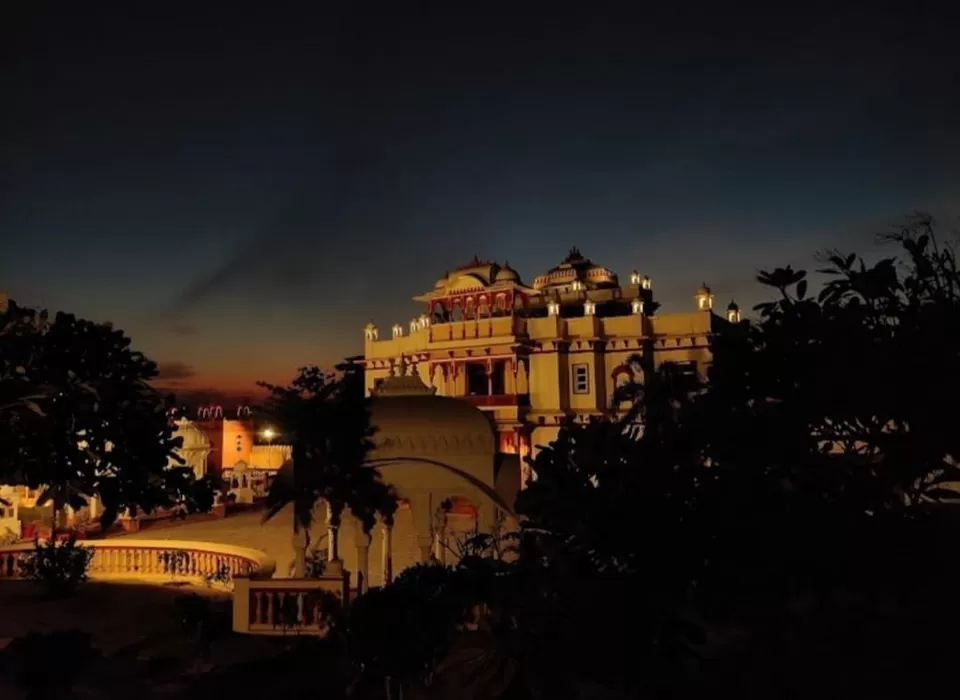
Hotel Hillock:
This is a 4-star hotel that is located about 1.5 km from the temple. The hotel offers spacious and comfortable rooms with modern amenities, a restaurant, a bar, a swimming pool, a spa, a gym and a garden. The hotel also organizes cultural programs, bonfires and sightseeing tours for the guests.
To book a stay at this property click here.
Cama Rajputana Club Resort:
This is another 4-star hotel that is located about 1.5 km from the temple. The hotel is a heritage property that was once a club for the royal families of Rajasthan. The hotel offers elegant and cozy rooms with antique furniture, a restaurant, a bar, a swimming pool, a spa, a gym and a library. The hotel also arranges for horse riding, trekking and golfing for the guests.
To book a stay at this property click here.
Rajgadhh Palace Resort:
This is a 3-star hotel that is located about 28 km from the temple. The hotel is a sprawling property that has 50 rooms in different categories, such as Maharaja Suites, Rajwadi Tents and Traditional Rustic Cottages. The hotel offers a restaurant, a bar, a swimming pool, a spa, a gym and a garden. The hotel also has three party plots with huge parking, and organizes cultural programs, bonfires and sightseeing tours for the guests.
To book a stay at this property click here.
Jainism is an ancient religion that teaches non-violence, truthfulness, non-stealing, chastity and non-attachment as the way to attain liberation from the cycle of birth and death. Jainism also emphasizes respect for all living beings, nature and diversity. The Dilwara Temple is a manifestation of these teachings, as it shows how art can be used to express devotion,


